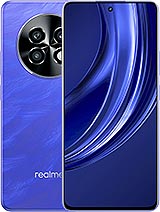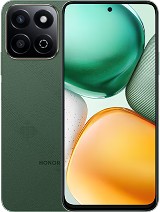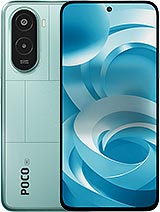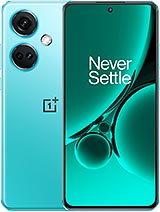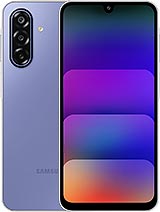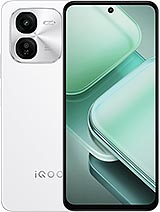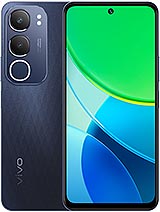iQOO Z9x alternatives
Tap above to see alternatives.
Vivo Y29 alternatives
Tap above to see alternatives.
4x2.2 GHz Cortex-A78
4x1.8 GHz Cortex-A55
2x2.4 GHz Cortex-A76
6x2.0 GHz Cortex-A55
6GB 128GB (UFS 2.2)
8GB 128GB (UFS 2.2)
6GB 128GB (eMMC 5.1)
8GB 128GB (eMMC 5.1)
8GB 256GB (eMMC 5.1)
f/1.8, (wide), 1/1.95", 0.8µm, PDAF
2 MP
f/2.4, (depth)
f/1.8, (wide), 1/1.95", 0.8µm, PDAF
0.08 MP
f/3.0
1080p
f/2.1, (wide)
f/2.0, (wide)
SIM1: Nano, SIM2: Nano (Hybrid)
SIM1: Nano, SIM2: Nano
8 5G bands
n1, n3, n5, n8, n28, n40, n77, n78
8 5G bands
n1, n3, n5, n8, n28, n40, n77, n78
In this performance comparison, the iQOO Z9x with its Qualcomm Snapdragon 6 Gen 1 (4nm) performs better than the Vivo Y29 with the Mediatek Dimensity 6300 (6nm), thanks to superior chipset efficiency.
iQOO Z9x offers 2 years of OS updates, whereas Vivo Y29 provides 1 years. Both phones receive the same 3 years of security updates.
Both iQOO Z9x and Vivo Y29 use LCD screens. Both smartphones offer the same 120 Hz refresh rate. Both devices deliver the same brightness level at 1000 nits. Notably, iQOO Z9x offers a higher screen resolution, resulting in sharper visuals and more detailed content.
iQOO Z9x comes with a larger 6000 mAh battery, which may offer longer usage on a single charge. Both devices support the same wired charging speed of 44W.
Both phones feature the same IP64 rating for water and dust resistance.
- iQOO Z9x – Check price here
- Vivo Y29 – Check price here
¹ Scores can vary even with the same chipset due to RAM, thermals, and software optimization.



